2017 Mazda CX-9 Brake Rotors and Pads
Click here to search another vehicle
All Rotors:
OEM x
Coated x
Drilled, Slotted and Coated x
Front x
Rear x
All Pads:
Ceramic x
Semi-metallic x
Front x
Rear x
Found 10 record
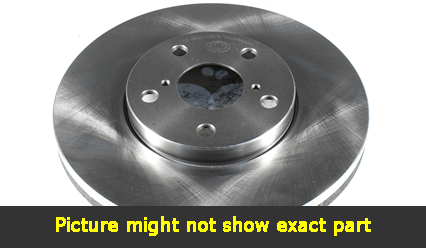
Part No: BR575268
Raybestos:
OE:
Raybestos:
OE:
$62.53 each
Per Car QTY: 2
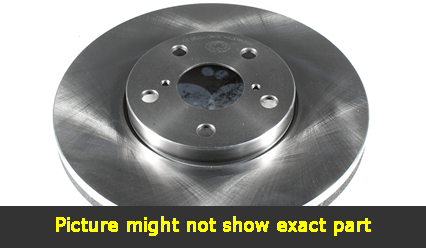
Part No: BR575269
Raybestos:
OE:
Raybestos:
OE:
$44.24 each
Per Car QTY: 2
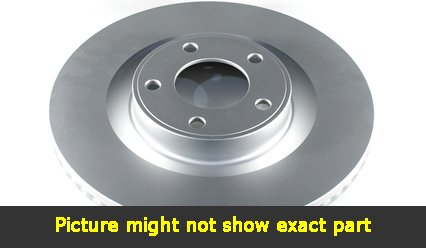
Part No: PP575268
Raybestos:
OE:
Raybestos:
OE:
$75.98 each
Per Car QTY: 2

Part No: PP575269
Raybestos:
OE:
Raybestos:
OE:
$53.73 each
Per Car QTY: 2
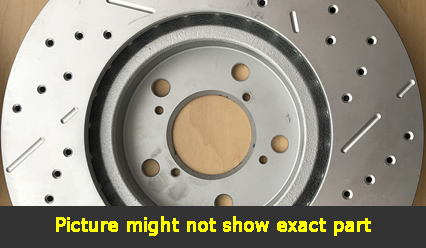
Part No: SP575268L
Raybestos:
OE:
Raybestos:
OE:
$112.43 each
Per Car QTY: 1
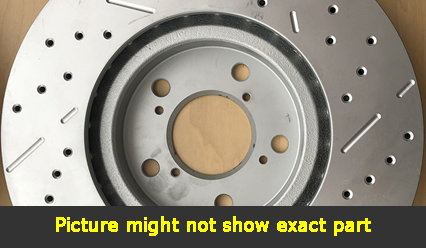
Part No: SP575268R
Raybestos:
OE:
Raybestos:
OE:
$112.43 each
Per Car QTY: 1

Part No: SP575269L
Raybestos:
OE:
Raybestos:
OE:
$86.13 each
Per Car QTY: 1
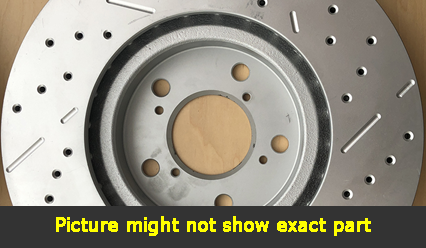
Part No: SP575269R
Raybestos:
OE:
Raybestos:
OE:
$86.13 each
Per Car QTY: 1
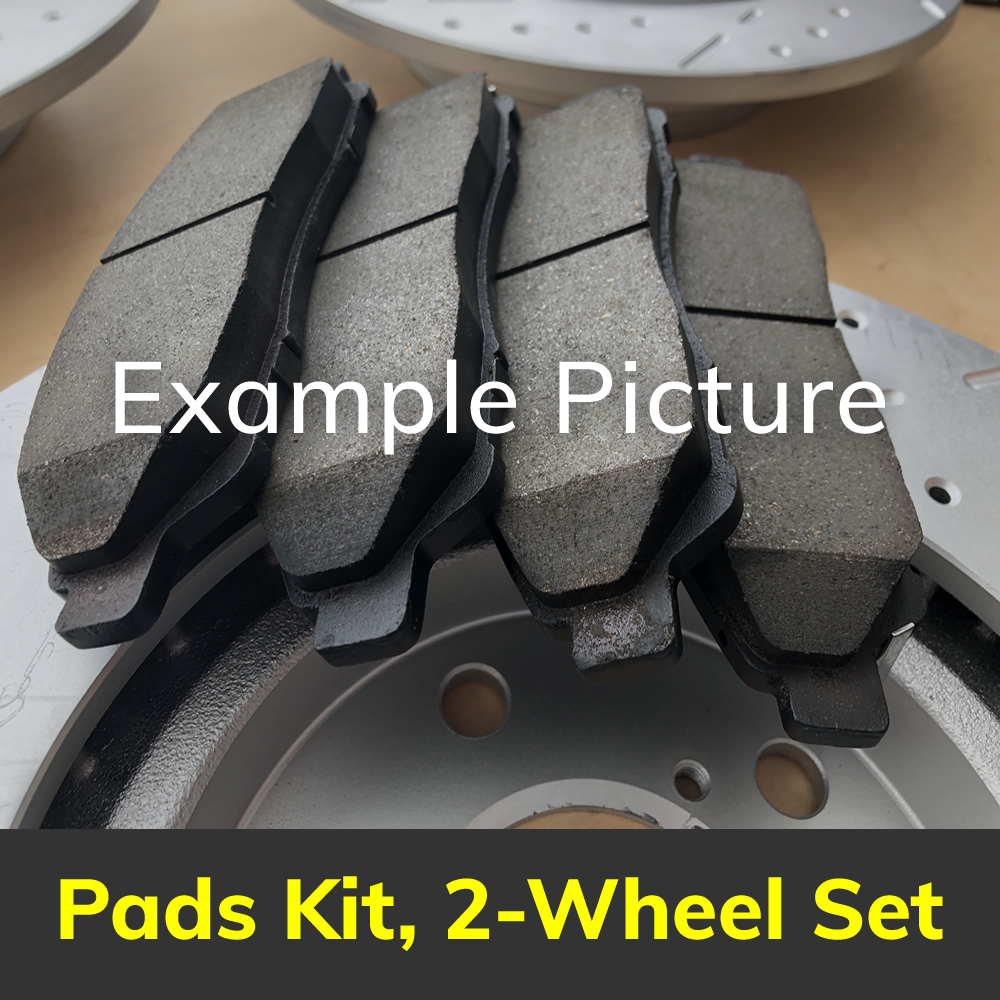
Part No: PD1258C
Raybestos: 1258
OE:
Raybestos: 1258
OE:
$43.47 each
Per Car QTY: 1
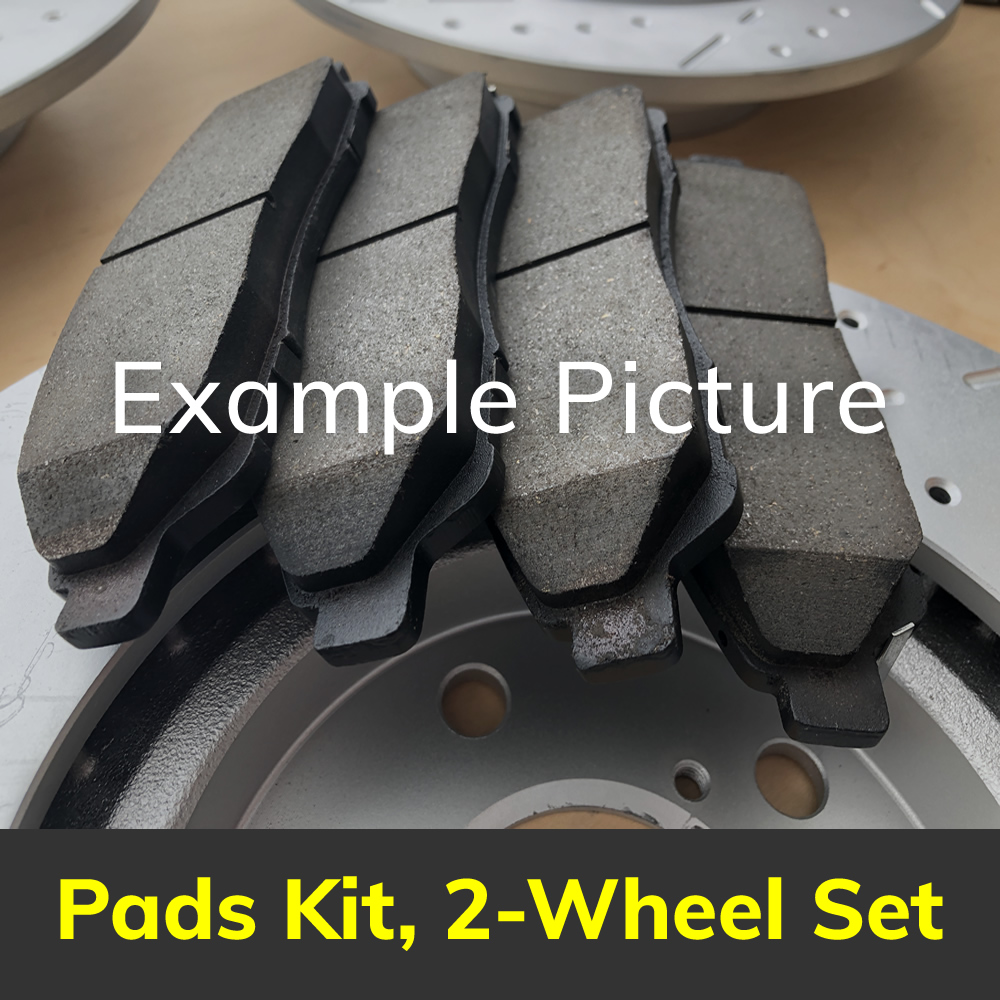
Part No: PD1934C
Raybestos:
OE:
Raybestos:
OE:
$29.9 each
Per Car QTY: 1
How to Choose Brakes for Your 2017 Mazda CX-9
The braking system is a critical component of any vehicle, including your 2017 Mazda CX-9. Having reliable and high-quality brakes is crucial for the safety of you, your passengers, and others on the road. Whether you're replacing worn-out brakes or upgrading for better performance, here are some essential factors to consider when choosing brakes for your Mazda CX-9.
1. Brake Type:
There are two main types of brake systems available for vehicles - disc brakes and drum brakes. While disc brakes are more commonly used today, some vehicles still feature drum brakes in the rear. However, the 2017 Mazda CX-9 utilizes disc brakes on all four wheels, providing better stopping power and heat dissipation. Therefore, it is essential to choose disc brakes for your CX-9.
2. OEM or Aftermarket:
When replacing brake components, you have the option of choosing Original Equipment Manufacturer (OEM) brakes or aftermarket brakes. OEM brakes are manufactured by the same company that produced the original brake components for your Mazda CX-9. They provide a direct fit and are designed specifically for your vehicle. Aftermarket brakes, on the other hand, are manufactured by third-party companies and often offer a wider range of options, including performance-oriented features. Both options have their pros and cons, so you must evaluate your brake needs and priorities before making a decision.
3. Brake Pad Material:
Brake pads are one of the most critical elements of your vehicle's braking system. They directly contact the brake rotor to generate the required friction for stopping your Mazda CX-9. Different brake pad materials offer varying levels of performance, durability, and noise. The most common brake pad materials include:
- Semi-metallic: These pads are an excellent choice for everyday driving. They offer a good balance between performance, longevity, and affordability. However, they tend to produce more noise and generate more dust compared to other materials.
- Ceramic: Ceramic brake pads are known for their low noise levels, minimal dust production, and excellent stopping power. They offer improved performance and are ideal for everyday driving, especially if you prioritize comfort and convenience. However, they are usually more expensive than semi-metallic brake pads.
- Performance-oriented: If you're looking to enhance the braking performance of your Mazda CX-9, you may consider performance-oriented brake pads. These pads are made of specific materials like carbon or kevlar, offering better heat resistance, fade resistance, and improved stopping power. However, they may come at a higher price point and may produce more noise, especially when cold.
When selecting brake pads, consider your driving style, typical road conditions, and the level of braking performance you desire for your Mazda CX-9.
4. Brake Rotor Type:
Along with the brake pads, the brake rotors contribute significantly to the braking performance. When choosing brake rotors, you have a few options to consider:
- Solid Rotors: These are the standard rotors that come with most vehicles, providing good all-around performance. They are economical and suitable for everyday driving.
- Slotted Rotors: Slotted rotors have grooves cut across the braking surface. These grooves help dissipate heat and gases, keeping the brake pad surface clean for better performance and reduced fade. Slotted rotors are a popular choice for performance-oriented driving and towing applications.
- Drilled Rotors: Drilled rotors have holes drilled through the braking surface. These holes aid in heat dissipation, offer weight reduction, and improve wet braking performance. However, drilled rotors may be prone to cracking under extreme stress or heavy braking.
Consider your driving habits, the intended use of your Mazda CX-9, and any potential trade-offs before choosing between the different rotor types.
5. Brake Maintenance and Warranty:
When selecting brakes for your Mazda CX-9, it is essential to consider maintenance requirements, warranty coverage, and available support from the manufacturer or retailer. Some brake pads and rotors may require more frequent inspection and replacement than others. Likewise, understanding the warranty terms and conditions can provide you with peace of mind regarding the durability and reliability of the chosen brakes.
Your Mazda CX-9's braking system is a safety feature that should never be compromised. By considering factors such as brake type, OEM or aftermarket options, brake pad material, rotor type, and maintenance requirements, you can make an informed decision that will ensure reliable braking performance and safety for you and your passengers. Remember, if you are uncertain or uncomfortable with performing brake installations, it is always best to seek professional assistance from a qualified automotive technician.
The braking system is a critical component of any vehicle, including your 2017 Mazda CX-9. Having reliable and high-quality brakes is crucial for the safety of you, your passengers, and others on the road. Whether you're replacing worn-out brakes or upgrading for better performance, here are some essential factors to consider when choosing brakes for your Mazda CX-9.
1. Brake Type:
There are two main types of brake systems available for vehicles - disc brakes and drum brakes. While disc brakes are more commonly used today, some vehicles still feature drum brakes in the rear. However, the 2017 Mazda CX-9 utilizes disc brakes on all four wheels, providing better stopping power and heat dissipation. Therefore, it is essential to choose disc brakes for your CX-9.
2. OEM or Aftermarket:
When replacing brake components, you have the option of choosing Original Equipment Manufacturer (OEM) brakes or aftermarket brakes. OEM brakes are manufactured by the same company that produced the original brake components for your Mazda CX-9. They provide a direct fit and are designed specifically for your vehicle. Aftermarket brakes, on the other hand, are manufactured by third-party companies and often offer a wider range of options, including performance-oriented features. Both options have their pros and cons, so you must evaluate your brake needs and priorities before making a decision.
3. Brake Pad Material:
Brake pads are one of the most critical elements of your vehicle's braking system. They directly contact the brake rotor to generate the required friction for stopping your Mazda CX-9. Different brake pad materials offer varying levels of performance, durability, and noise. The most common brake pad materials include:
- Semi-metallic: These pads are an excellent choice for everyday driving. They offer a good balance between performance, longevity, and affordability. However, they tend to produce more noise and generate more dust compared to other materials.
- Ceramic: Ceramic brake pads are known for their low noise levels, minimal dust production, and excellent stopping power. They offer improved performance and are ideal for everyday driving, especially if you prioritize comfort and convenience. However, they are usually more expensive than semi-metallic brake pads.
- Performance-oriented: If you're looking to enhance the braking performance of your Mazda CX-9, you may consider performance-oriented brake pads. These pads are made of specific materials like carbon or kevlar, offering better heat resistance, fade resistance, and improved stopping power. However, they may come at a higher price point and may produce more noise, especially when cold.
When selecting brake pads, consider your driving style, typical road conditions, and the level of braking performance you desire for your Mazda CX-9.
4. Brake Rotor Type:
Along with the brake pads, the brake rotors contribute significantly to the braking performance. When choosing brake rotors, you have a few options to consider:
- Solid Rotors: These are the standard rotors that come with most vehicles, providing good all-around performance. They are economical and suitable for everyday driving.
- Slotted Rotors: Slotted rotors have grooves cut across the braking surface. These grooves help dissipate heat and gases, keeping the brake pad surface clean for better performance and reduced fade. Slotted rotors are a popular choice for performance-oriented driving and towing applications.
- Drilled Rotors: Drilled rotors have holes drilled through the braking surface. These holes aid in heat dissipation, offer weight reduction, and improve wet braking performance. However, drilled rotors may be prone to cracking under extreme stress or heavy braking.
Consider your driving habits, the intended use of your Mazda CX-9, and any potential trade-offs before choosing between the different rotor types.
5. Brake Maintenance and Warranty:
When selecting brakes for your Mazda CX-9, it is essential to consider maintenance requirements, warranty coverage, and available support from the manufacturer or retailer. Some brake pads and rotors may require more frequent inspection and replacement than others. Likewise, understanding the warranty terms and conditions can provide you with peace of mind regarding the durability and reliability of the chosen brakes.
Your Mazda CX-9's braking system is a safety feature that should never be compromised. By considering factors such as brake type, OEM or aftermarket options, brake pad material, rotor type, and maintenance requirements, you can make an informed decision that will ensure reliable braking performance and safety for you and your passengers. Remember, if you are uncertain or uncomfortable with performing brake installations, it is always best to seek professional assistance from a qualified automotive technician.


